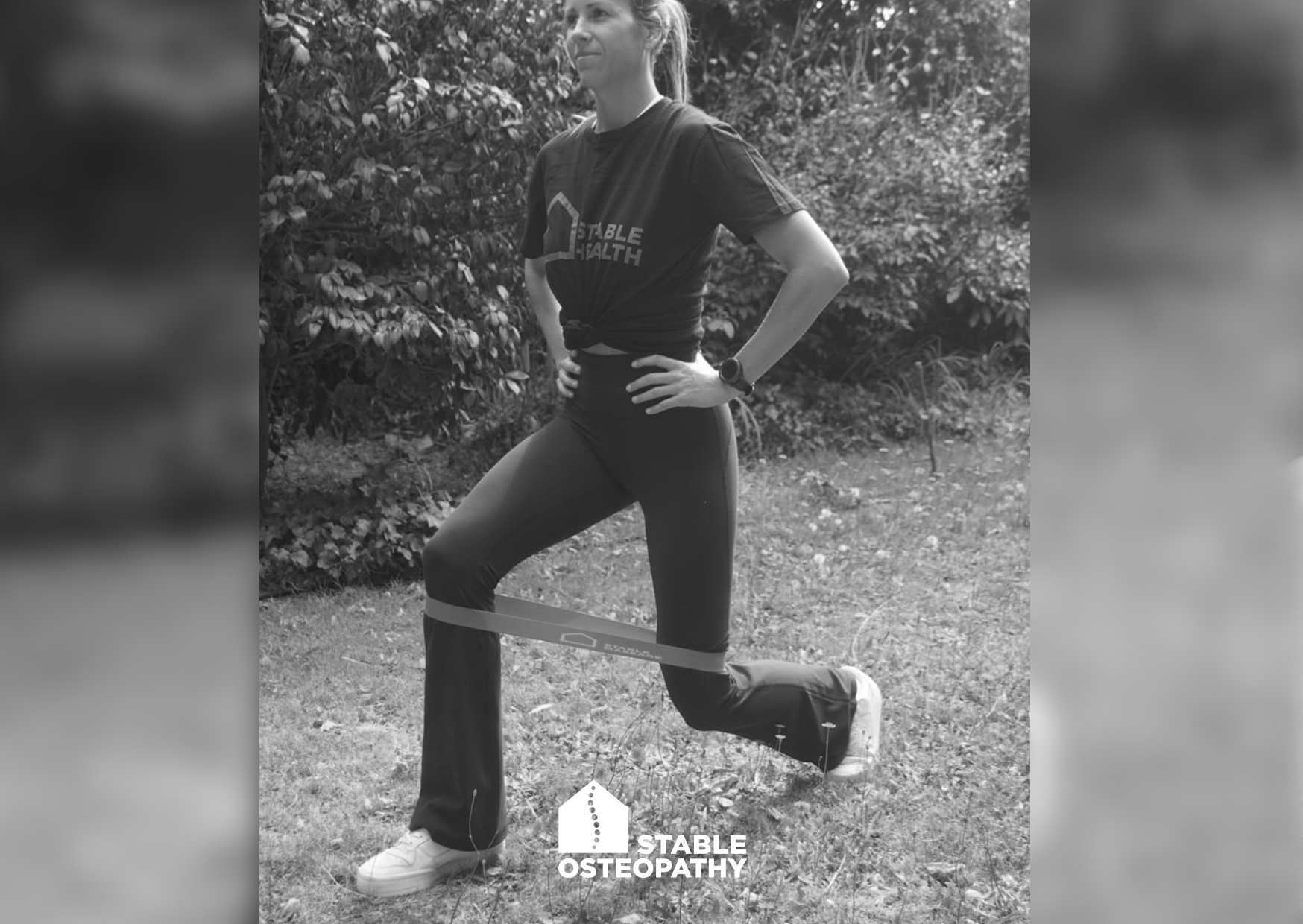In the realm of fitness, the quest for stronger, more resilient muscles often leads us to explore various exercises and techniques. Among these, the unge resisted theraband exercise stands out as a potent tool for fortifying the lower body. Whether you’re an athlete striving for peak performance or an individual dedicated to overall wellness, integrating this exercise into your routine can yield significant benefits.
Unveiling the Unge Resisted Theraband Exercise
The unge resisted theraband exercise targets key muscle groups essential for lower body strength and stability. By utilising a theraband—a versatile, elastic resistance band—this exercise enhances the engagement of muscles such as the hamstrings, quadriceps, hips, and glutes. Its simplicity belies its effectiveness, making it accessible to individuals of various fitness levels.
Unleashing the Benefits
1. Strength Development:
The unge resisted theraband exercise serves as a catalyst for building strength in the lower body. As you engage in controlled movements against the resistance provided by the theraband, your muscles adapt and grow stronger over time. This enhanced strength translates into improved performance in daily activities and sports alike.
2. Enhanced Mobility and Flexibility:
Flexibility and mobility are cornerstones of functional fitness. Incorporating the unge resisted theraband exercise into your regimen promotes greater range of motion in the hips, hamstrings, and quadriceps. Over time, this increased flexibility translates into improved posture, reduced risk of injury, and enhanced overall mobility.
3. Injury Prevention:
Investing in the strength and flexibility of your lower body is akin to building a sturdy foundation for a house. The unge resisted theraband exercise helps fortify muscles and connective tissues, reducing the likelihood of strains, sprains, and other common injuries. By fostering balance and stability, it equips your body to withstand the demands of physical activity while minimising the risk of setbacks.
How-To Guide
Setup:
Secure one end of the theraband to a stationary object at ground level. Loop the other end of the theraband around your ankle, ensuring a snug yet comfortable fit.
Positioning:
Stand facing the anchor point, maintaining a stable stance with feet hip-width apart. Engage your core muscles to stabilise your torso throughout the exercise.
Execution:
Initiate the movement by flexing your knee and bringing your heel towards your glutes against the resistance of the theraband.
Keep your movements slow and controlled, focusing on the contraction of the targeted muscles. Extend your leg back to the starting position while maintaining tension in the theraband.
Repetition and Progression:
Aim for 10-15 repetitions per leg, gradually increasing the number of sets as your strength improves. Experiment with different levels of resistance by adjusting the tension of the theraband or using bands with varying degrees of elasticity.


